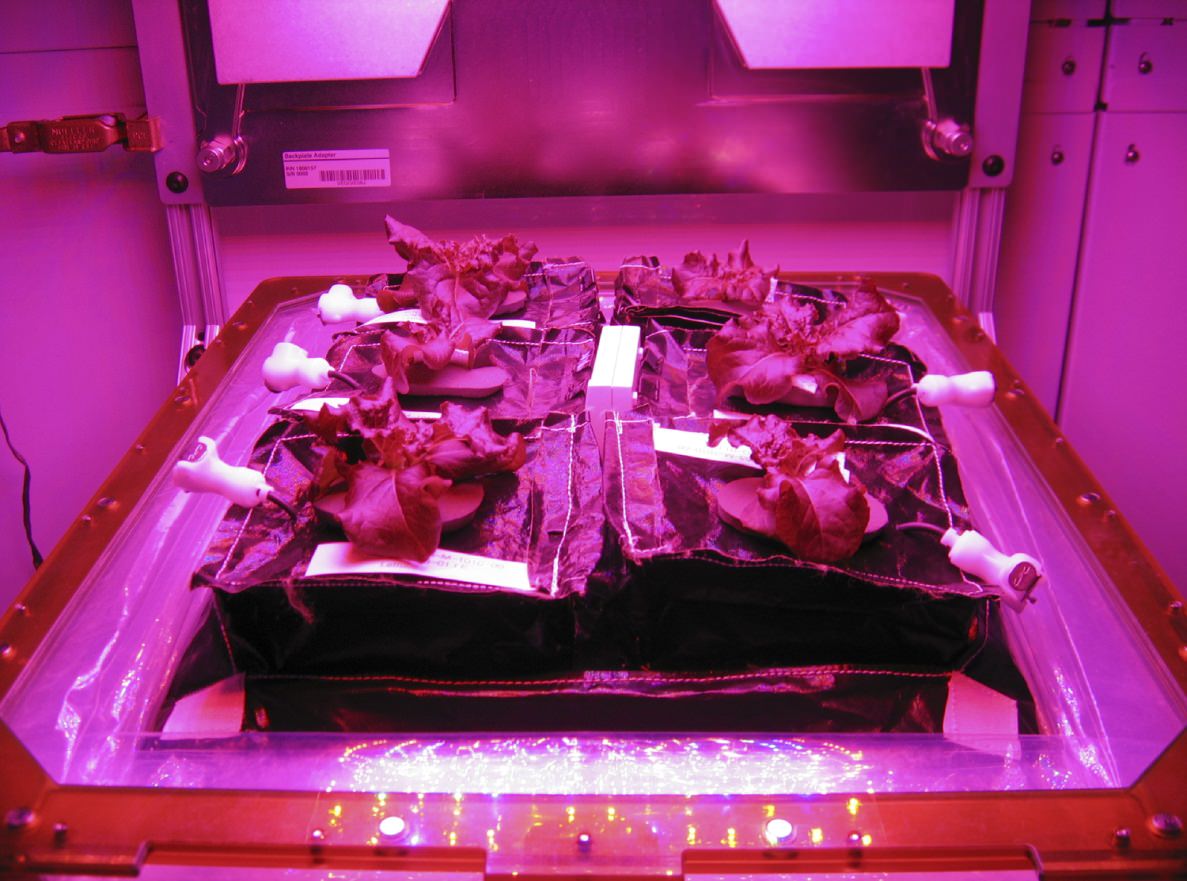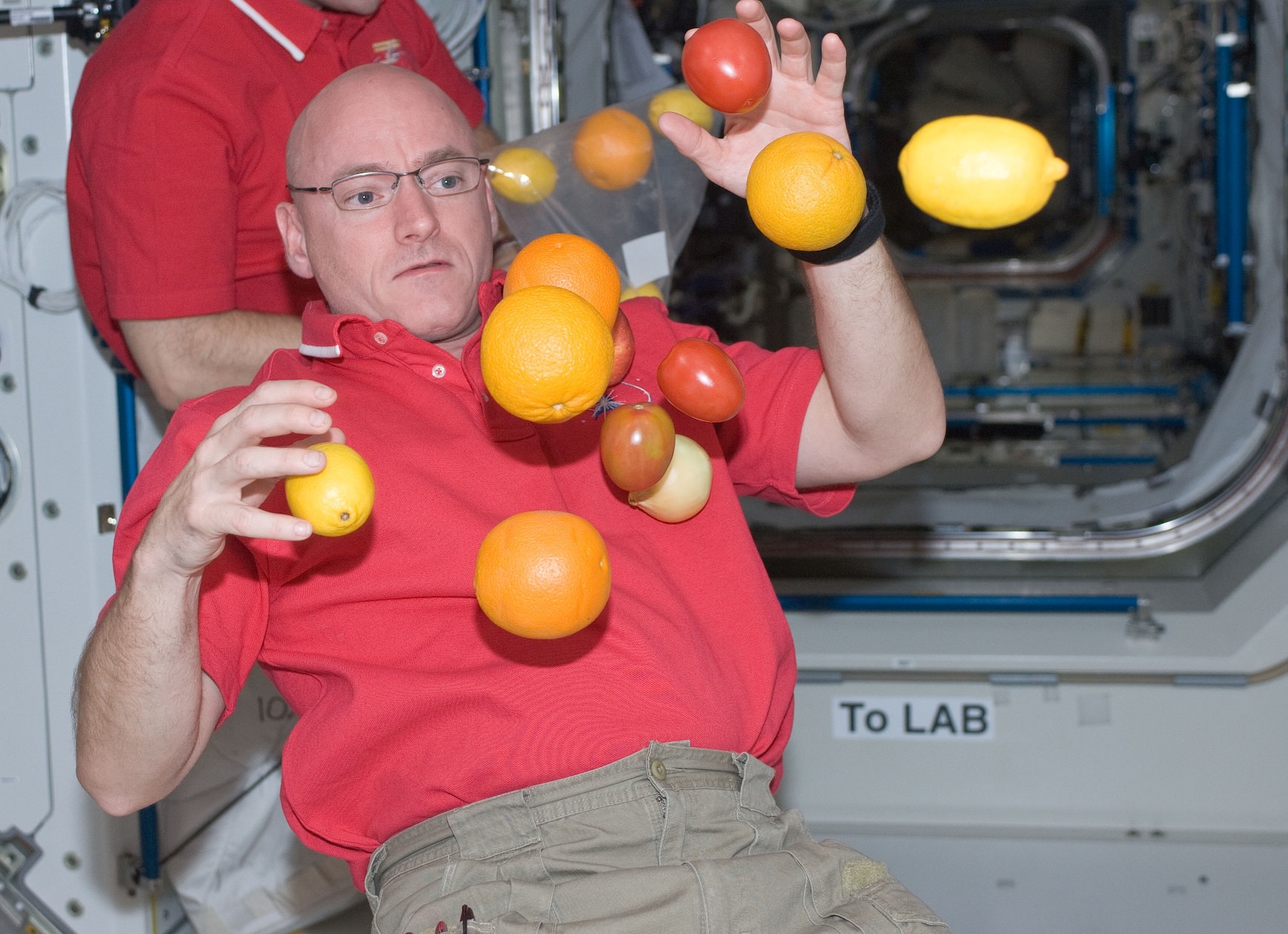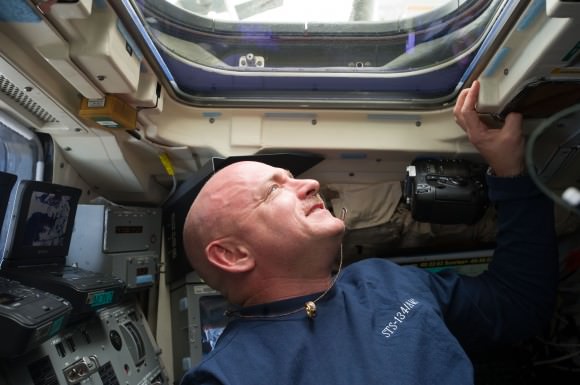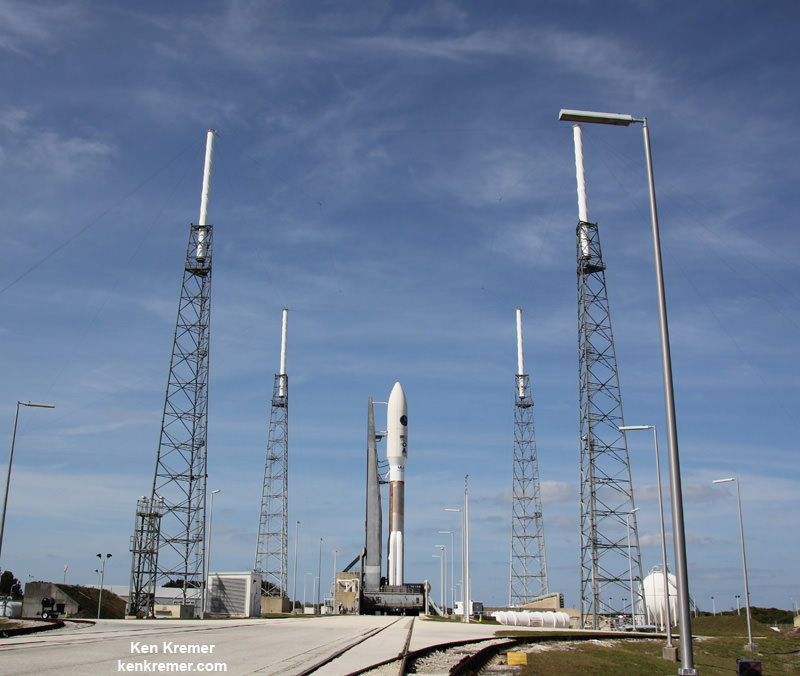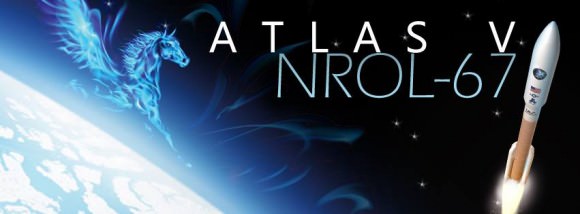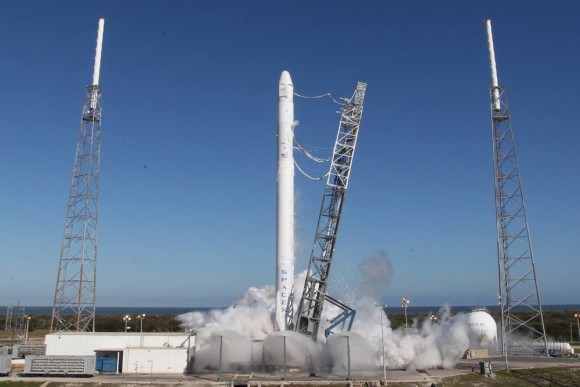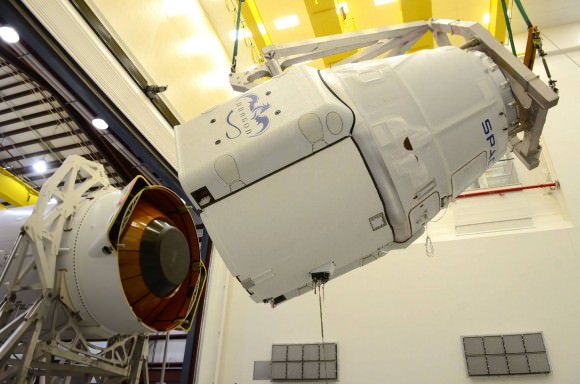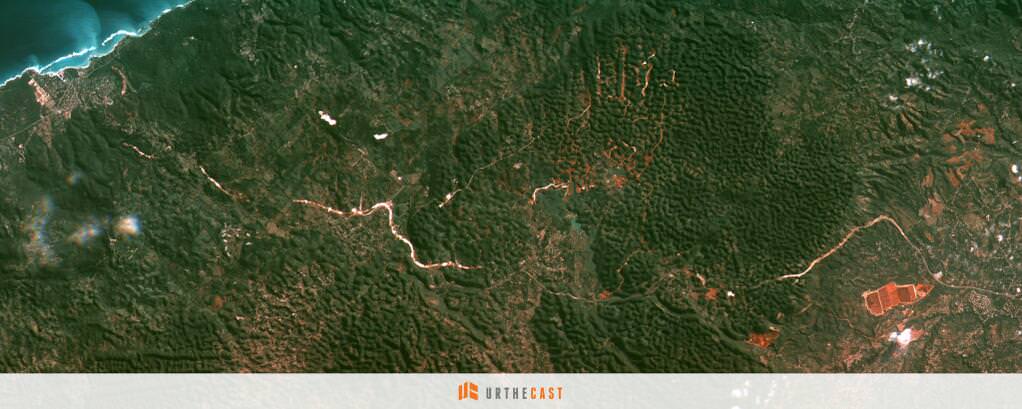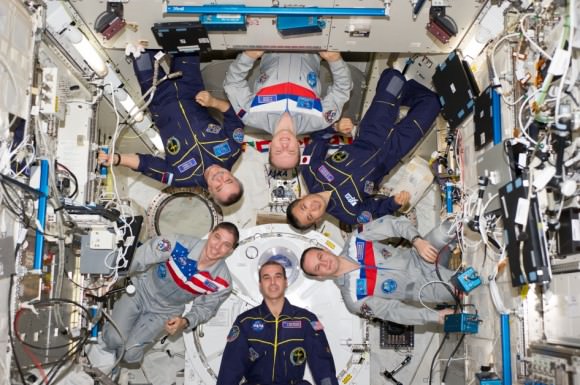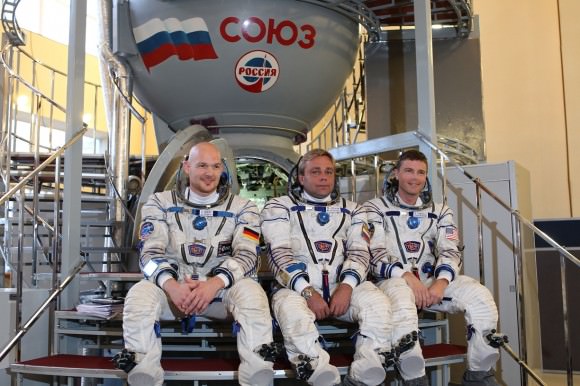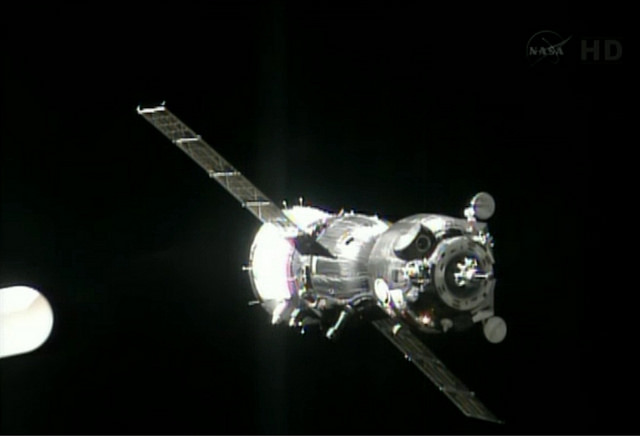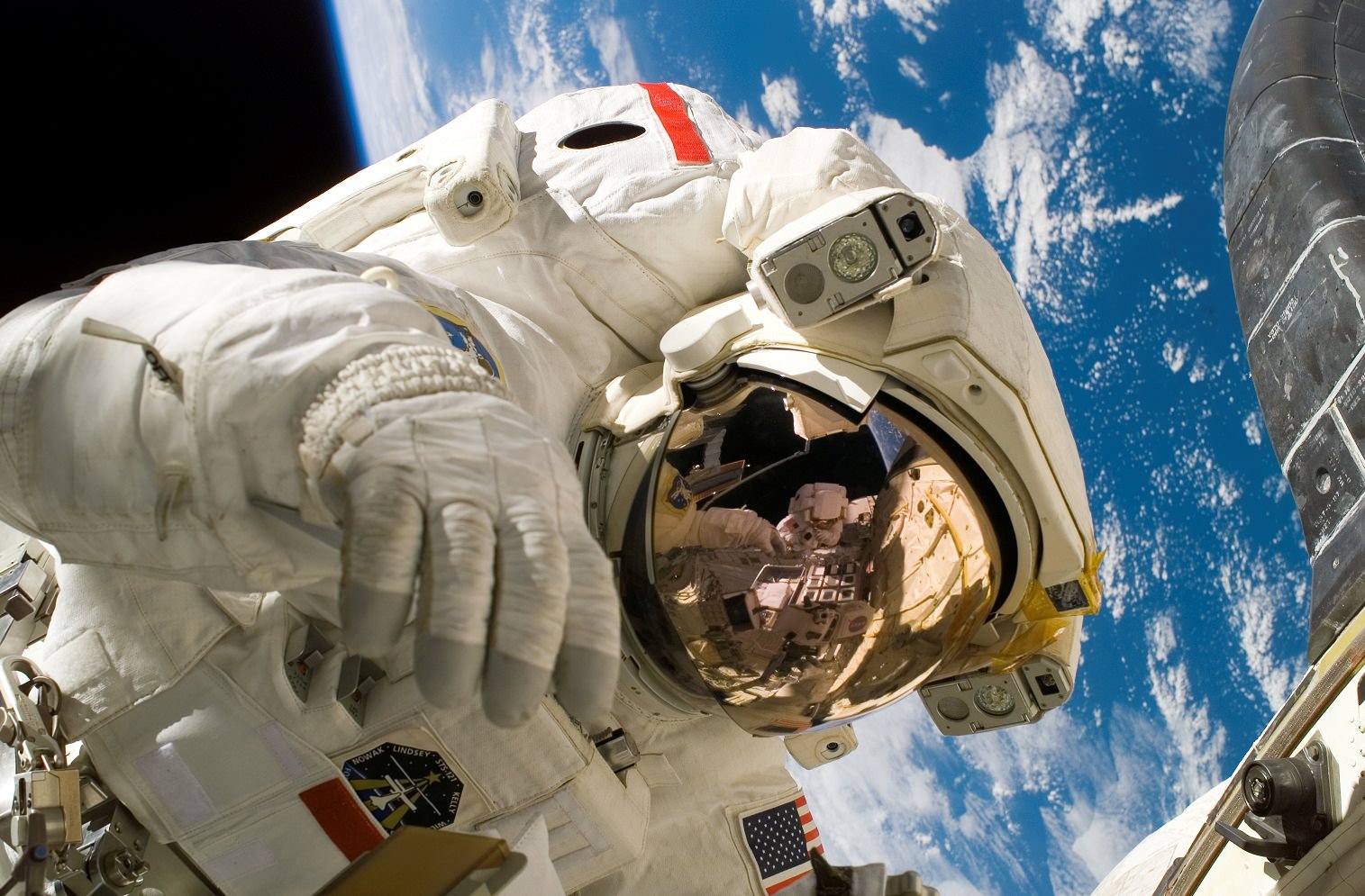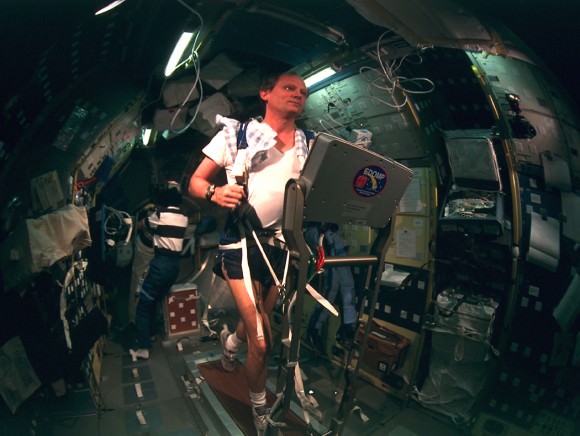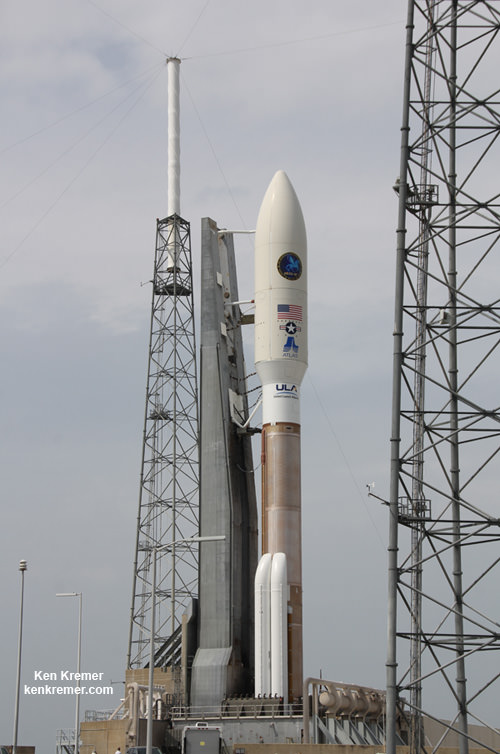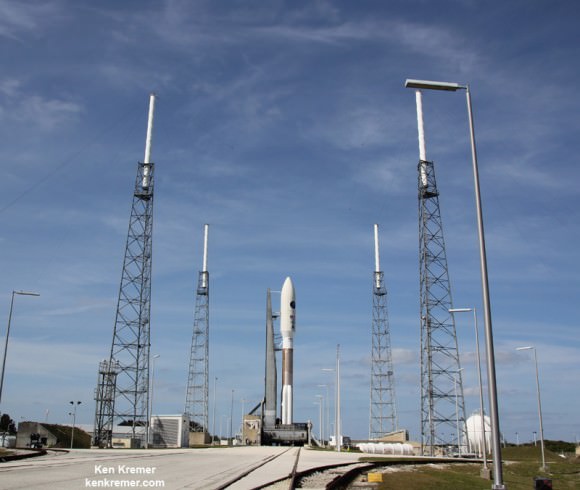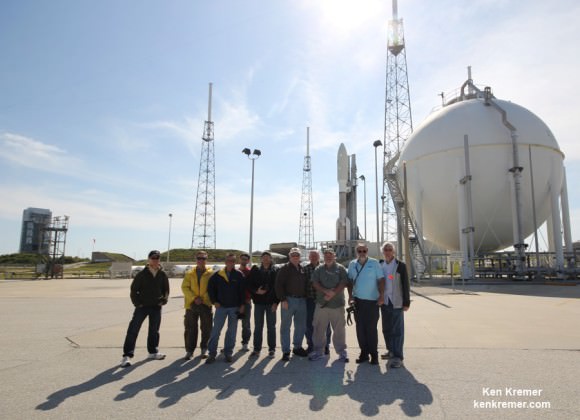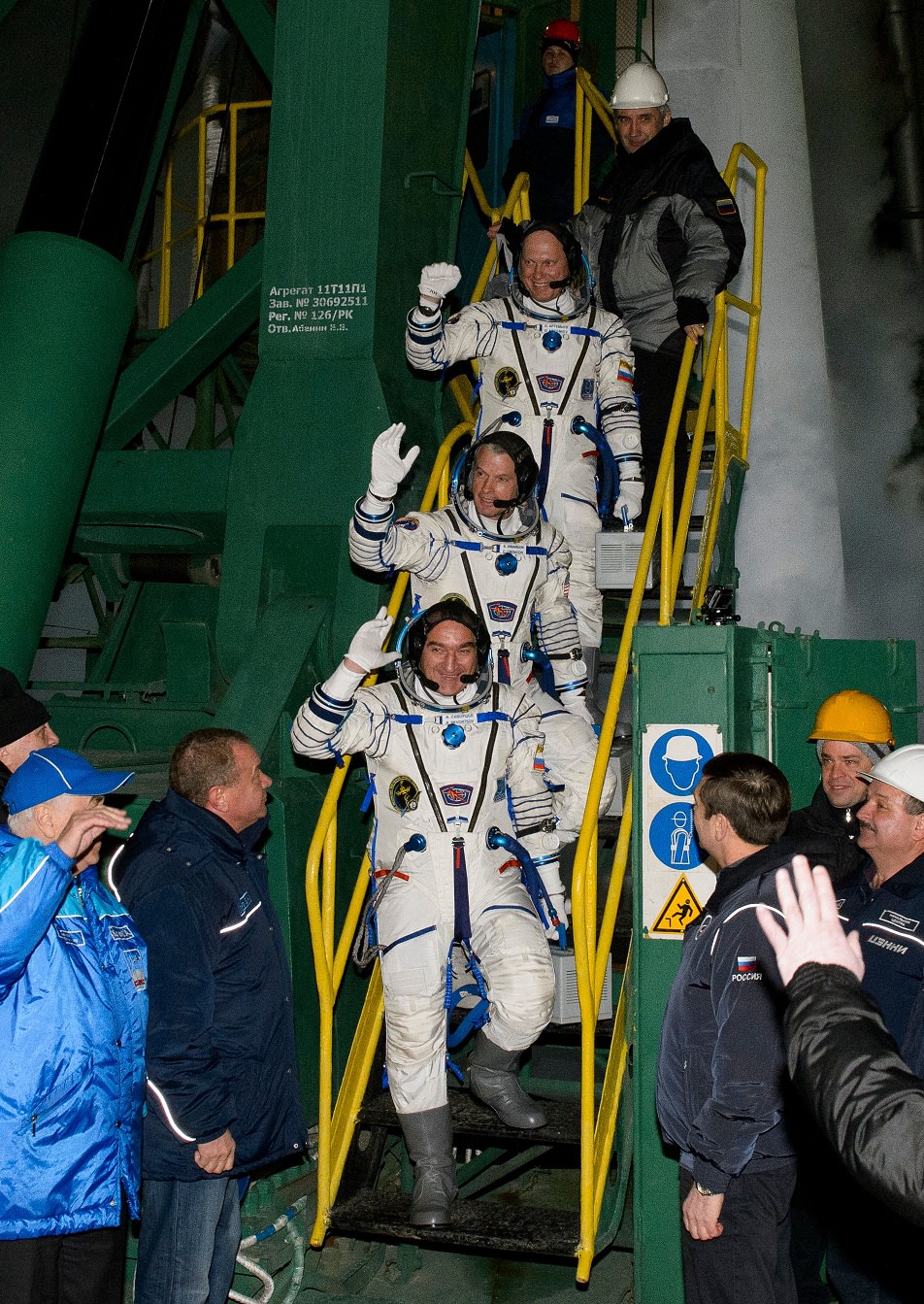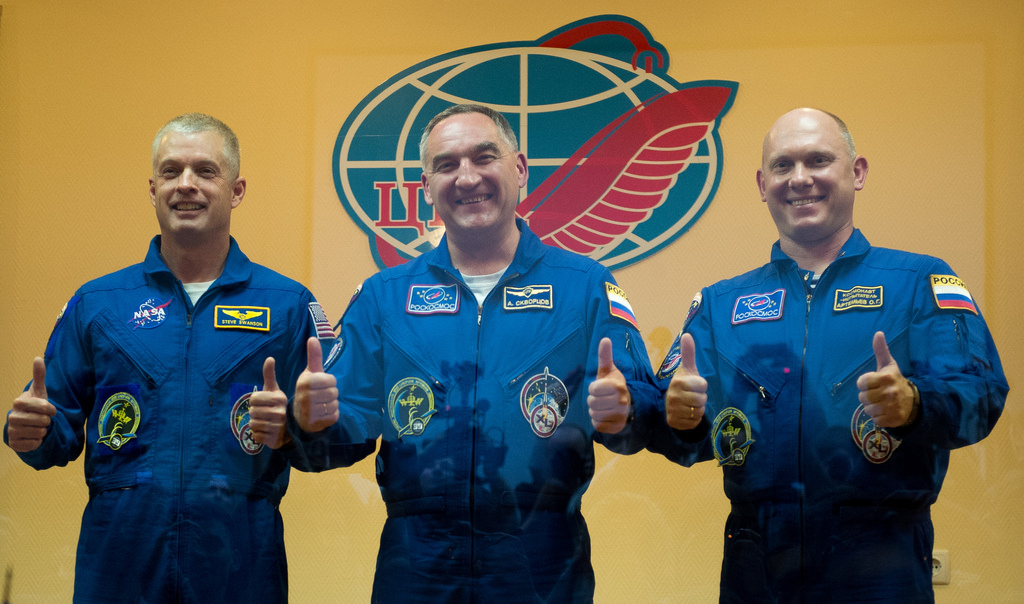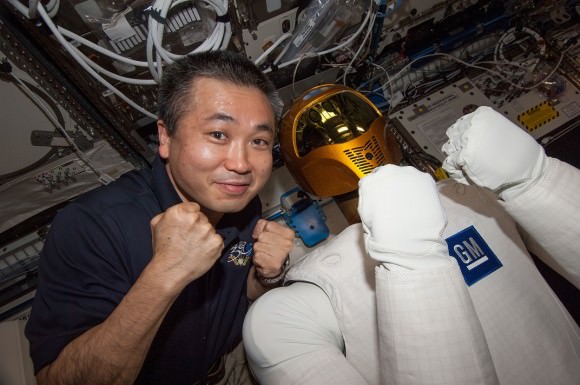Freeze-dried bags of dehydrated “astronaut food” may seem like a fun novelty for school kids on Earth, but despite all the hard work that goes into providing the residents of the Space Station with nutritious and varied meal options there’s one thing that remains a rare and elusive commodity on astronauts’ menus: fresh produce.
Although fruit and vegetables do occasionally find their way aboard the ISS via resupply missions (to the delight of the crew) researchers are moving one step closer to actually having a vegetable garden in orbit. On Monday, April 14 Friday, April 18, NASA’s Veg-01 experiment will launch to the ISS aboard a SpaceX Dragon capsule to test the in-flight viability of an expandable plant growth chamber named “Veggie.”
In development for several years, Veggie is now getting its chance to be space-tested with the launch of the SpaceX-3 resupply mission. Veggie uses clear collapsible bellows as miniature greenhouses, inside which plant “pillows” can be cultivated with the aid of root-mats and a bank of LED lights.

Astronauts will see how well “Outredgeous” romaine lettuce fares in microgravity inside the Veg-01 experiment, and can also use the LED bank as a light source for other experiments.
“Veggie will provide a new resource for U.S. astronauts and researchers as we begin to develop the capabilities of growing fresh produce and other large plants on the space station,” said Gioia Massa, the NASA payload scientist for Veggie. “Determining food safety is one of our primary goals for this validation test.”
While other plant-growth experiments are currently aboard ISS, Veggie boasts the simplest design and largest growing area of any of them to date.
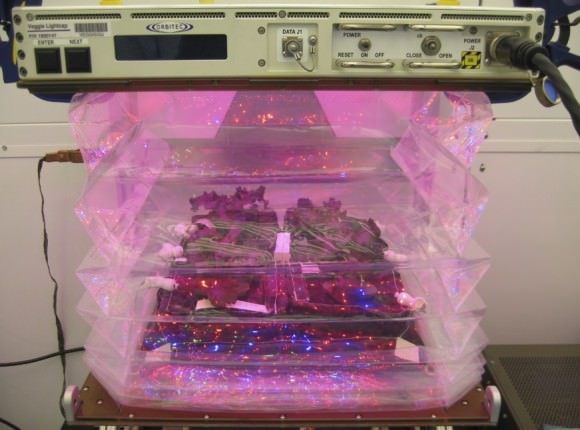
“Our hope is that even though VEGGIE is not a highly complex plant growth apparatus, it will allow the crew to rapidly grow vegetables using a fairly simple nutrient and water delivery approach.”
– Howard Levine, Ph.D. and chief scientist at Kennedy Space Center (2012)
In addition to providing fresh food, maintaining a miniature garden in orbit would be therapeutic for astronauts on long-duration missions.
“Based upon anecdotal evidence, crews report that having plants around was very comforting and helped them feel less out of touch with Earth,” Massa said. “You could also think of plants as pets. The crew just likes to nurture them.”
The Veggie system was developed for NASA by Orbital Technologies Corporation (ORBITEC) in Madison, Wisconsin, via a Small Business Innovative Research Program. Its innovations may eventually lead to better food production not only in space but also in limited-resource regions on Earth.
With the ultimate success of Veggie, ISS astronauts may soon find themselves floating in line at the in-house salad bar. (Watch out for those rogue croutons!)
Read more in the NASA news article by Linda Herridge here, and learn more about the Veggie project here.

